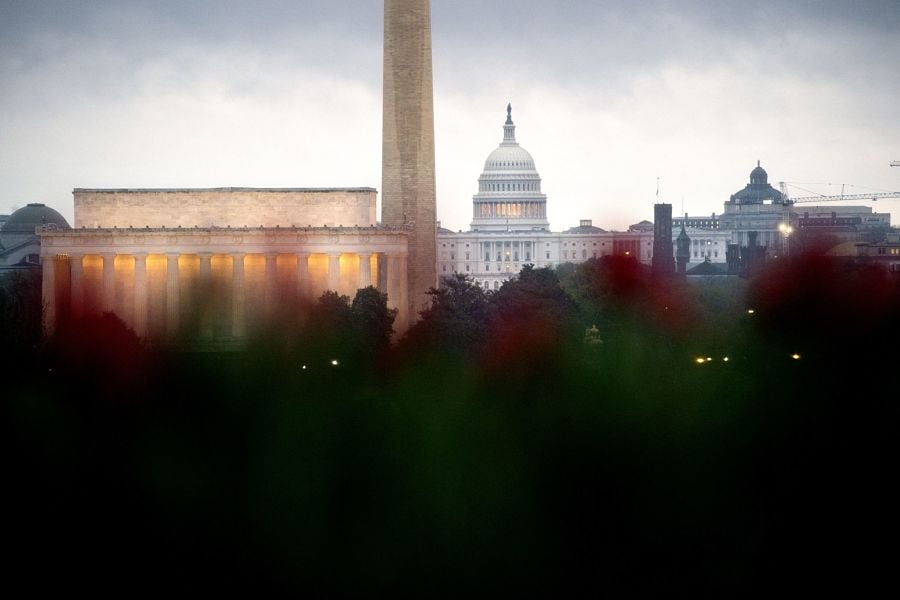

Proposed changes to the country’s retirement savings system — including a federal auto-IRA — could help reduce savings shortfalls for some groups of Americans by more than a quarter.
That finding, from a recent EBRI report, could give legislators a push to act after a year of failing to advance reforms.
For people who are currently 35- to 39 years old, the combination of an automatic contribution plan and an enhanced Saver’s Credit would cut their retirement savings deficits by 17% to nearly 26%, varying by race, according to an analysis published late last week by the Employee Benefit Research Institute.
The initiatives would have the most benefit, on average, for families whose head of households are white, with a 25.6% reduction in the gap between what they will likely have saved and what they are projected to need, author Jack VanDerhei found. That reduction would be 19.1% for families whose leading earners are Black and 22.1% for households headed by Hispanics.
For families in that age range who are unlikely to face a retirement savings shortfall, the proposed legislative changes would have a greater impact, VanDerhei wrote.
His report analyzed five different retirement savings changes: an automatic IRA, an improved Saver’s Credit, plan sponsor matching contributions for workers paying down student loans, an automatic 401(k) without employer matching contributions, and a fully portable account system.
The assumptions for a federal auto-IRA system are that the default contribution rate would be 6%, escalating over time to up to 10%, and that there would be a 30% opt-out rate among workers. For changes to the Saver’s Credit, a proposal would replace the existing system with a refundable one that includes a 50% government match for annual contributions up to $1,000 for individuals with income as high as $25,000. Match rates would be phased out over the next $10,000 of income.
The analysis used EBRI’s Retirement Security Projection Model to predict how much effect the different ideas would have on savings. According to that model, there was a savings shortfall of nearly $3.7 trillion for all people ages 35 to 64 as of the beginning of 2020.
Legislative changes under the 2019 SECURE Act, including wider access to multiple employer plans, increasing safe harbor plan contribution limits for automatically enrolled workers and plan coverage for long-term part-time employees, would reduce that deficit by an estimated $115 billion, or about 3%, according to EBRI.
A system that would allow all employers to make “matching” contributions on behalf of employees who aren't themselves putting money into 401(k)s but instead are paying down student loans could further reduce the retirement savings deficit by as much as 2.9%, with results varying by race, EBRI found.
Additionally, legislation that would require automatic enrollment in basic 401(k) plans for all businesses with at least five workers could close the gap by another 4%, according to the report.
Finally, a change to make defined-contribution plan assets automatically portable as workers move from one job to another would chip away at the deficit by another 14%.
Over the past several years, Congress has shown increasing interest in retirement savings reforms, which historically have been a bipartisan issue. The SECURE Act provided some evidence of that, and there have been numerous bills recently introduced that included features addressed in EBRI’s report.
An early version of last year’s Build Back Better Act included a federal auto IRA component, although that piece was scrapped amid revisions.

Former Northwestern Mutual advisors join firm for independence.

Executives from LPL Financial, Cresset Partners hired for key roles.

Geopolitical tension has been managed well by the markets.

December cut is still a possiblity.

Canada, China among nations to react to president-elect's comments.
Streamline your outreach with Aidentified's AI-driven solutions
This season’s market volatility: Positioning for rate relief, income growth and the AI rebound
